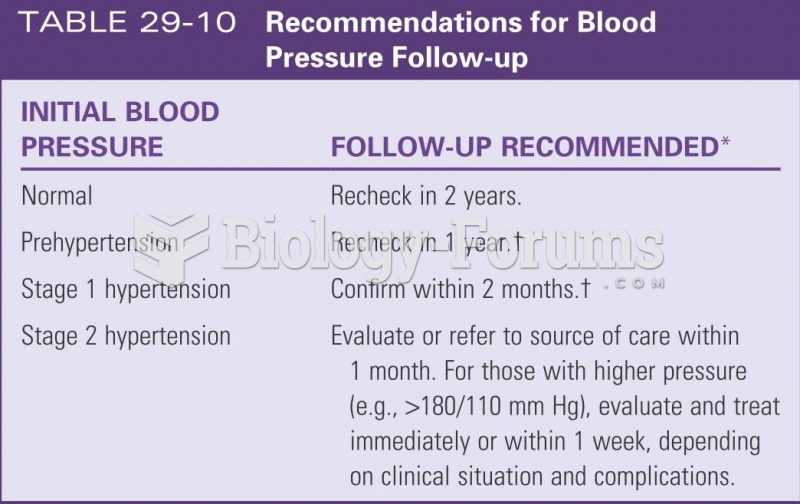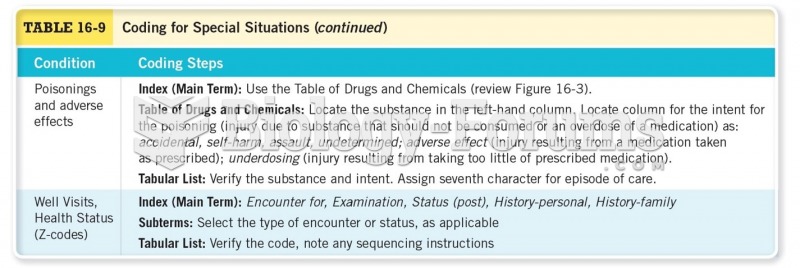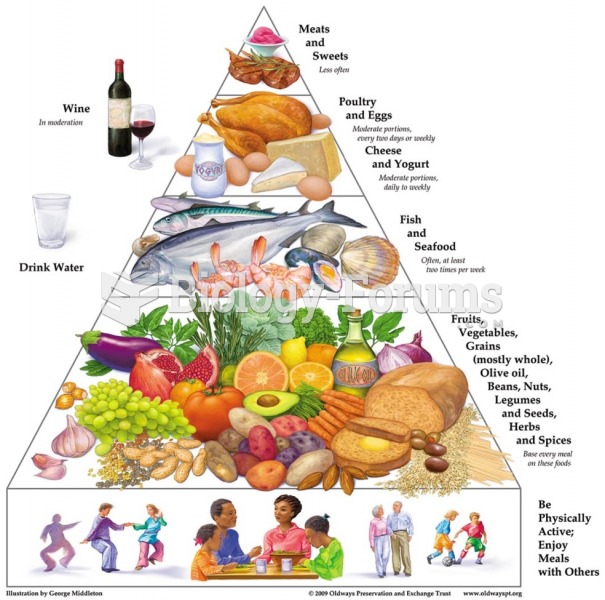Answer to Question 1
The ability to liberalize the diet is highly individualized. You could tell her that she will be able to try small amounts of simple carbohydrate when she has had no symptoms of dumping. Small amounts can continue to be added as long as she tolerates them. After simple carbohydrates such as sweetened fruit juice or canned fruits are tolerated, then other carbohydrates can be added. Very hot or very cold foods may also be tried at this time. The patient can then progress to fresh fruits and vegetables. Lactose-containing foods may also be added slowly to determine tolerance. It is important to only add one new food at a time so that if intolerance occurs, the food can be eliminated and tried again later.
Informing Mrs. Rodriguez that the remaining parts of her GI tract will adapt and take on some of the responsibilities of the removed (duodenum) portion. The villi height and crypt depth will increase to provide more surface area, due to the obvious loss from her gastrojejunostomy (Billroth II) procedure
Goals for nutritional rehabilitation should be set with the patient, specifically identifying her energy and protein needs. Discussion of meal timing with food choices to prevent dumping syndrome. Prescribing multivitamin and B12 supplementation should be discussed.
Answer to Question 2
In a normal, healthy individual, the respiratory system primarily serves to receive oxygen for cellular metabolism and to expire waste productsprimarily carbon dioxide.
Fuelscarbohydrate, protein, and lipidare metabolized, utilizing oxygen and resulting in production of carbon dioxide.
The respiratory quotient (RQ) is the ratio of carbon dioxide produced to the amount of oxygen consumed.
A normal RQ is 0.85, which indicates a mixed diet of protein, carbohydrate, and fat.
Either a diet high in carbohydrate that results in production of lipid for fuel storage (i.e., overfeeding) or the situation of hyperventilation results in an RQ 1.0
These situations indicate a higher production of carbon dioxide and would require increased respiratory effort to rid the body of this carbon dioxide.
The primary type of fuel an individual receives can also affect the clinical course of conditions that interfere with normal respiratory function.
An RQ value of 0.7-0.8 suggests mostly lipid metabolism, while 0.9-1.0 suggests primarily carbohydrate metabolism.







